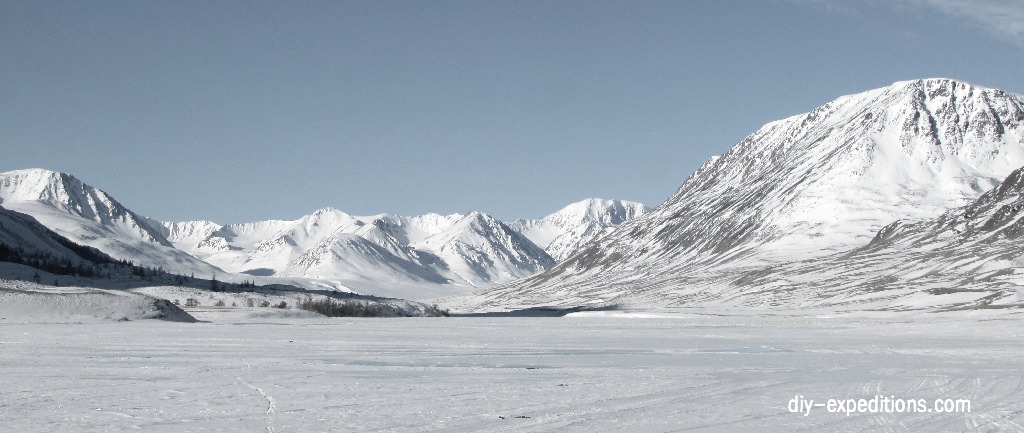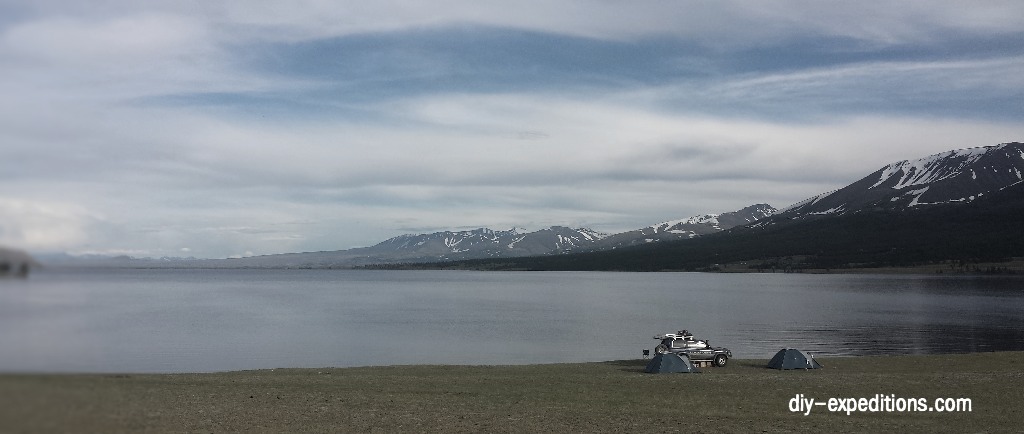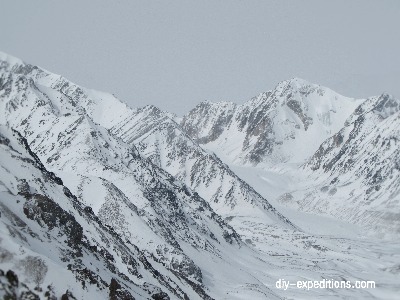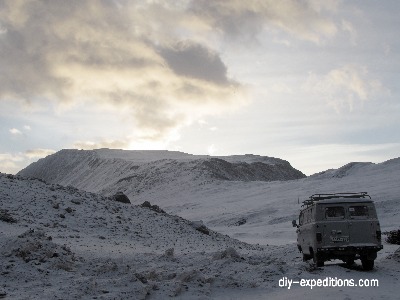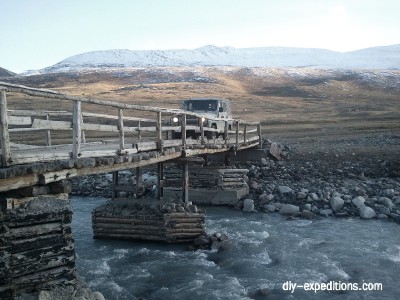Mongolia
Geography & Climate – Activities & Conditions – Tour Idea – Facts – Request – Mongolia News
Geography & Climate
- Mongolia is a country in Central Asia sandwiched between Russia in the North and China from the South. Mongolia is a mountainous country, but the wide, flat lands dominate. Mountains reach 4.400 m altitude.
- The most-known mountain range is the Altai in the west. The desert Gobi lies in the south.
- Due to its geographical position, continental climate dominates: a hot and dry summer, and a very cold and dry winter. The vegetation is mostly bush.
Activities & actual conditions
- The Altai ranges are prime destinations for ski mountaineers with a spirit for adventures. The best month is March when access roads are passable.
- The biggest challenge is logistics, bases and in some parts the necessary permits. Transport means are usually off-road vehicles, seldom horses and camels – but all have their limits during the high winter months.
- The Altai offers mixed climbing in rock, snow and ice. There are many glaciers although mostly small. Consider a long approach, but solitude is guaranteed.
- Extra permits are necessary for border regions of the Altai.
- Logistics are much easier from June to September than during the rest of the year.
- Mongolia and the Altai became a high-valued trekking destination. Tours are supported by horses and off-road vehicles.
- Several days treks can be done also in every small side valley, up to and along glaciers.
- Travel weather | Mountain weather
- no avalanche forecast for Mongolia | Severe weather warnings
- Travel security | Health issues
Tour idea – Trek around the highest Mongolian peaks
- Where: Altai Tavn Bogd National Park
- Itinerary: Olgii – Altai Tavn Bogd National Park – Olgii
- Activity: Trekking
- also included: Horse riding
- Season: June to September
- Length: 10 days / 9 nights
- Day 1: Arrive in Ulgii, Bayan-Ulgii province / Mongolia. We head to the Altai Tavan Bogd national park and camp in the White River valley next to Tuvan nomadic families.
- Day 2: We ride our horses towards the base camp of Tavan Bogd mountains. After 17km we reach the 20km long Potanin Glacier. We access the glacier for a short walk and camp nearby.
- Day 3: Our guide leads us to the 5th highest peak of Mongolia: Malchin peak (4.037 m). From the top we will have full view to Russia and the snow capped white mountains of Kazakhstan’s and Chinese Altai.
- Day 4: Start trekking back to the night camp of day 1.
- Day 5: We continue to the south of Altai Tavan Bogd national park and settle for the night at a place called “Har Salaa”, maybe the most beautiful spot where Tuvan Nomads spend their summer.
- Day 6: We cross the snow capped mountains into Bear Valley with many chances to see wild animals such as black bear, red dear, marmots and wolfs.
- Day 7: We trek along the beautiful white river to reach Akh su valley where Mongolian Kazakh nomads spend their summer. We will visit families and camp next to them for the night.
- Day 8: We continue our trek to Aral tolgoi which is very beautiful island with forests and green mountains.
- Day 9: We return to Olgii town by car, stopping on the way to visit some natural monuments. In Olgii we check in in our hotel and have dinner with live Kazakh traditional folk music.
- Day 10: Transfer to the airport
- Base for the calculation: 2 persons
- Costs per person: 950 US$
- All meals, animals, entry permits and transport from/back to Olgii is included
- Camping gear (tents, sleeping mats, cooking stove and gear) included
- Team: Guide, Driver, Cook, Animal handler
- The prices depend from the booked services and can be arranged individually.
- This tour and the price is given as an orientation to you.
- This tour idea is just one of many possibilities. You don’t need a vehicle, but horses? Only a guide? Or just some equipment for rent? We can organize everything…
- Send us your request and we can answer your questions immediately.
Country facts
Immigration
- Visa for UK/US/CAN: 30 days on arrival for US citizens; UK & CAN need a visa prior to arrival
- Currency: Mongol. Tugrik (MNT) – Converter
- Time zone Ulaanbaatar: UTC+8 or 12 hours ahead of New York City
Transport
- Road traffic: right-hand traffic
- Bus transport
- Domestic air traffic
Communication
- Country domain: .mn
- Country phone code: +976
- Emergency: 105



